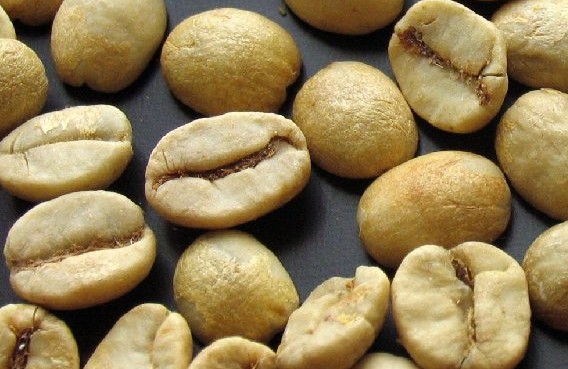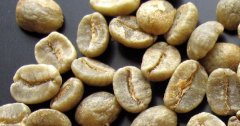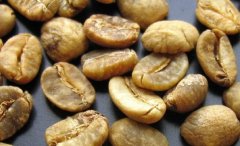Introduction to Brazilian Coffee Raw Bean
Brazilian coffee raw bean Brazil santos coffee green bean
Although Brazil produces 30 to 35% of the world's coffee annually, ranking first in the world, none of the Brazilian beans can be called the top coffee. The mountains are covered with coffee trees in southern Brazil, but Santos is the only one that can be put on the table; most of the other hastily processed beans are used to make instant coffee and easy-to-open coffee.
Santos Coffee is a descendant of Arabica trees from Island of Bourbon (today's French island of Reunion, located in the Indian Ocean east of Madagascar) in the 18th century and belongs to the var subspecies. Bourbon). Before the age of three to four, Bubang coffee trees bear small, twisted beans called "Bubon Santos", the most advanced Brazilian beans, often referred to directly as "Brazil" in cafes. After the age of three or four, Bubang coffee trees will only produce large, flat beans, called "Flat Bean Santos", which are cheap and unpopular with coffee people. Bubang Santos does not have a prominent personality, plain taste, medium texture, ordinary sour taste, usually used as the base of mixed coffee, specially set off other coffee. One feature, however, is that it is rich in oil, which is a welcome advantage for those who do not like to mix Espresso complex products with robusta beans-it guarantees you a thick Krima. Brazilian coffee with low acidity and medium roasting from the World Coffee Center is suitable for public taste.
Baking method: medium baking
Palate: mild, moderate bitterness, soft aroma

Important Notice :
前街咖啡 FrontStreet Coffee has moved to new addredd:
FrontStreet Coffee Address: 315,Donghua East Road,GuangZhou
Tel:020 38364473
- Prev

Introduction to Colombian Coffee Raw Bean
Columbia Coffee Raw Bean Colombia coffee green bean Columbia Coffee is one of the few plain coffee sold in the world under the name of the country. In terms of quality, it has won praise unmatched by other coffee. The country is the world's largest exporter of Arabica coffee beans, while robusta coffee is rarely grown. It is also the world's largest washed coffee bean (Washed)
- Next

Indonesia aged Mantenin raw bean Aged Mandheling green bean
Aged Mandheling green bean Indonesia's Sumatra Islands produces coffee, which is rich in coffee because of its unique geographical location, climate, longitude and latitude. Indonesian coffee has a high mellowness, weak sour taste and strong aroma. The more famous area is Lin Dong area. Mantenin is also the representative of Indonesian coffee, it is worth mentioning that some coffee
Related
- Detailed explanation of Jadeite planting Land in Panamanian Jadeite Manor introduction to the grading system of Jadeite competitive bidding, Red bid, Green bid and Rose Summer
- Story of Coffee planting in Brenka region of Costa Rica Stonehenge Manor anaerobic heavy honey treatment of flavor mouth
- What's on the barrel of Blue Mountain Coffee beans?
- Can American coffee also pull flowers? How to use hot American style to pull out a good-looking pattern?
- Can you make a cold extract with coffee beans? What is the right proportion for cold-extracted coffee formula?
- Indonesian PWN Gold Mandrine Coffee Origin Features Flavor How to Chong? Mandolin coffee is American.
- A brief introduction to the flavor characteristics of Brazilian yellow bourbon coffee beans
- What is the effect of different water quality on the flavor of cold-extracted coffee? What kind of water is best for brewing coffee?
- Why do you think of Rose Summer whenever you mention Panamanian coffee?
- Introduction to the characteristics of authentic blue mountain coffee bean producing areas? What is the CIB Coffee Authority in Jamaica?

